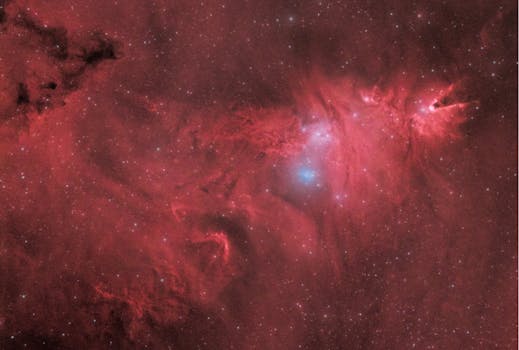
“
Beyond the Milky Way: Imagining New Worlds and Possibilities
Introduction to Space Exploration
Space exploration has long been a topic of interest and curiosity for humans. From the early days of astronomy to the current advancements in technology, our understanding of the universe has expanded significantly. The Milky Way, our home galaxy, is just one of the many galaxies that exist in the vast expanse of space. As we continue to explore and learn more about the universe, we begin to imagine the possibilities of new worlds and the potential for life beyond our galaxy. For more on this topic, check out Beyond the Milky Way: Imagining New Worlds and Possibilities.
The Wonders of the Milky Way
The Milky Way is a spiral galaxy, consisting of hundreds of billions of stars, gas, and dust. It is estimated to be around 100,000 light-years in diameter and contains a supermassive black hole at its center. The Milky Way is also home to various types of celestial objects, including planets, asteroids, comets, and nebulae. Our solar system, which includes Earth, is just one of the many planetary systems that exist within the Milky Way.
Exploring Distant Galaxies and Exoplanets
With the help of advanced telescopes and spacecraft, we have been able to explore distant galaxies and discover new exoplanets. These exoplanets are planets that orbit stars outside of our own solar system and offer the possibility of hosting life. Some of these exoplanets are similar in size and composition to Earth, making them potential candidates for supporting life. The discovery of exoplanets has opened up new avenues for research and has sparked the imagination of scientists and the general public alike. For more on the power of imagination in space exploration, see Soaring Through the Cosmos: The Power of Imagination Beyond the Stars.
Imagining New Worlds and Possibilities
As we continue to explore the universe, we begin to imagine the possibilities of new worlds and the potential for life beyond our galaxy. The discovery of exoplanets and the study of distant galaxies have led to a greater understanding of the conditions necessary for life to exist. This has sparked the imagination of scientists, science fiction writers, and the general public, leading to a wide range of possibilities and scenarios. From the possibility of intelligent life to the potential for human colonization, the imagination of new worlds has become a topic of great interest and debate. Explore more about this in Stargazing and Storytelling: How Imagination Elevates Us Beyond the Stars.
Conclusion and Takeaways
In conclusion, the exploration of the universe has led to a greater understanding of the Milky Way and the potential for new worlds and possibilities. The discovery of exoplanets and the study of distant galaxies have sparked the imagination of scientists and the general public alike. As we continue to explore and learn more about the universe, we begin to imagine the possibilities of new worlds and the potential for life beyond our galaxy. Some key takeaways from this article include:
- The Milky Way is just one of the many galaxies that exist in the vast expanse of space.
- The discovery of exoplanets has opened up new avenues for research and has sparked the imagination of scientists and the general public alike.
- The study of distant galaxies has led to a greater understanding of the conditions necessary for life to exist.
- The imagination of new worlds has become a topic of great interest and debate, with possibilities ranging from intelligent life to human colonization.
We hope this article has inspired you to learn more about space exploration and the possibilities of new worlds. Whether you are a scientist, a science fiction writer, or simply someone with a curiosity about the universe, the exploration of the universe is sure to continue to captivate and inspire us for generations to come.






